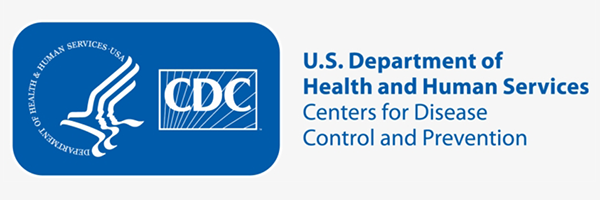New CDC guidelines and their effects on cleaning staff

CDC guidelines aim to ensure the safety of students and staff.
With COVID-19 flipping our world upside down, students at Case Western Reserve University and all over the country aren’t getting the experiences they expected from the term “college life.”
However, it’s not only students, but also staff working on campus who are asked to adapt to new, unconventional ways of doing things.
The cleaning staff are among those most affected by new regulations. The Center for Disease Control and Prevention (CDC) has now implemented new and specific guidelines when it comes to cleaning and disinfecting schools. According to their official website, “EPA [Environmental Protective Agency]-approved disinfectants are an important part of reducing the risk of exposure to COVID-19,” and when EPA-approved disinfectants aren’t available, “alternative disinfectants can be used (for example, 1/3 cup of bleach added to 1 gallon of water, or 70% alcohol solutions).”
It is also cautioned that staff must “always wear gloves appropriate for the chemicals being used when you are cleaning and disinfecting.” But the following guideline paints a picture most representative of 2020: “[staff must] practice social distancing, wear facial coverings and follow proper prevention hygiene, such as washing your hands frequently and using alcohol-based (at least 60% alcohol) hand sanitizer when soap and water are not available.”
The guidelines set for cleaning staff are specific to ensure the safety of both students and the cleaning staff, who are the most vulnerable, since their work conditions require constant disinfection. But with such specific guidelines, it raises questions as to whether it’s possible to follow them exactly as stated.
More importantly, are students cautious enough to follow the general disinfecting guidelines laid out for the public?
Vanessa Gregory is a member of the cleaning staff responsible for classrooms in both the Sears Building and Nord Hall, and she shared that in a few of the classrooms, students are indeed cleaning after themselves. However, she revealed that, in some cases, “When I start my shift, I first go to the classrooms and some of them still have fingerprints all over the place from where they’re eating food inside of these classrooms.”
It’s important for students to be aware of the risks they could be posing to not only themselves, but also others sharing their campus. Gregory said that, as a member of the staff, she’s doing her best “to keep them [students] safe—and me, as well. I wish they would do the same.”
The pandemic is as unprecedented for staff as it is for students. Only by following safety guidelines and being responsible can we overcome the incomparable struggles that 2020 has brought.

Phuong Nguyen (any) is a fourth-year biochemistry student. Her everyday includes going to the lab, coming back home to watch shows or read novels and nocturnal...

